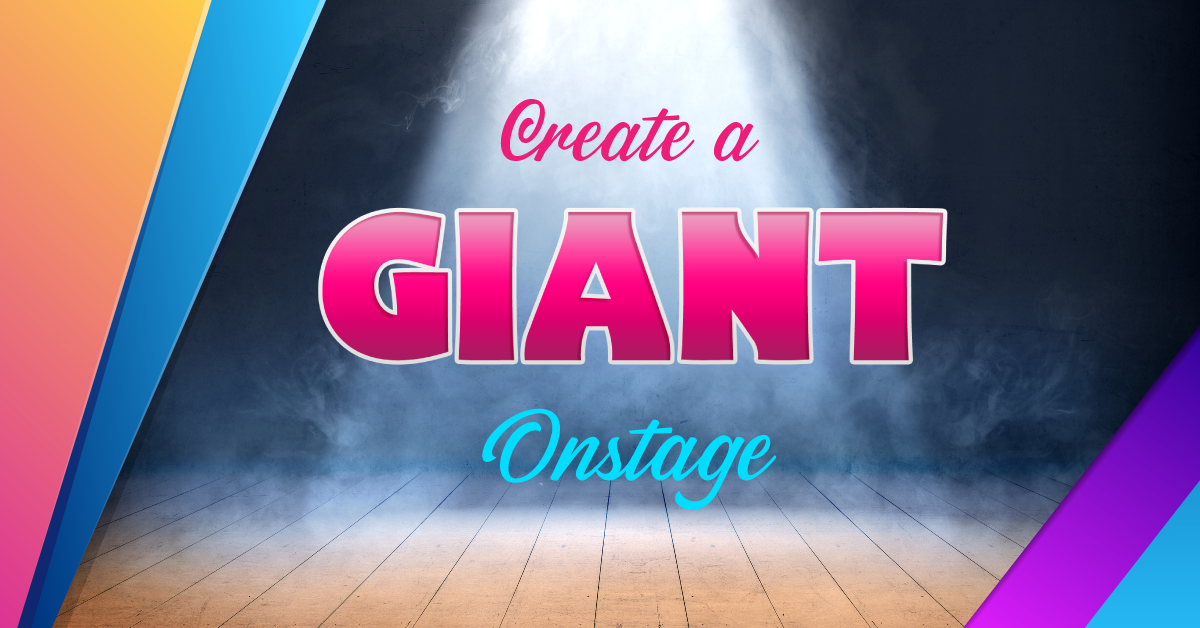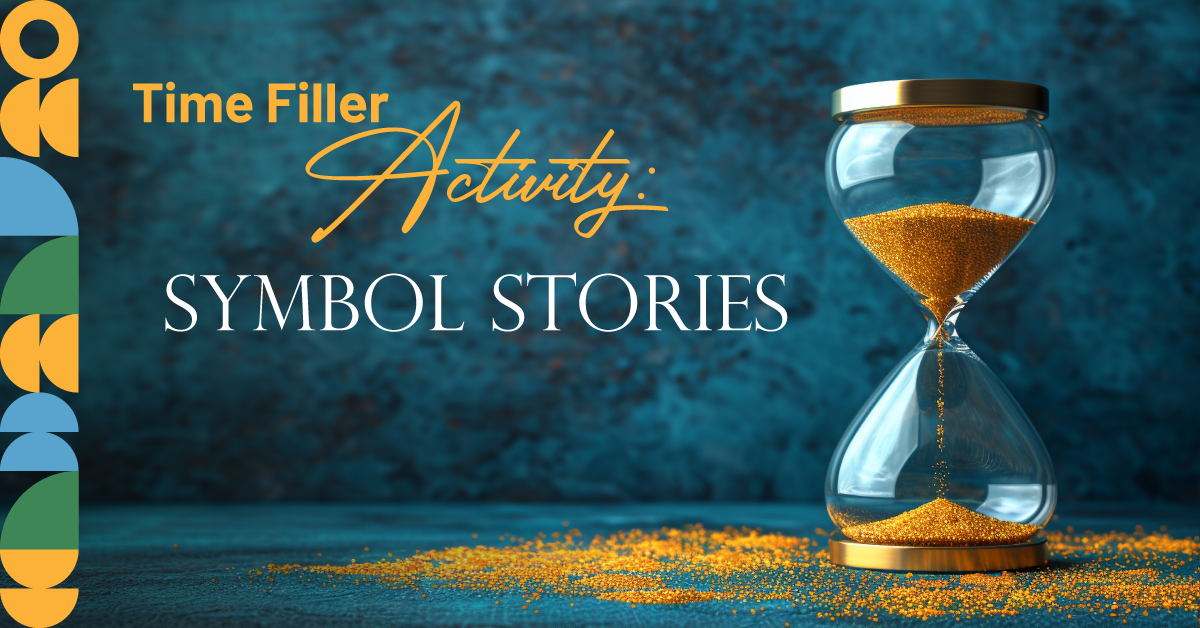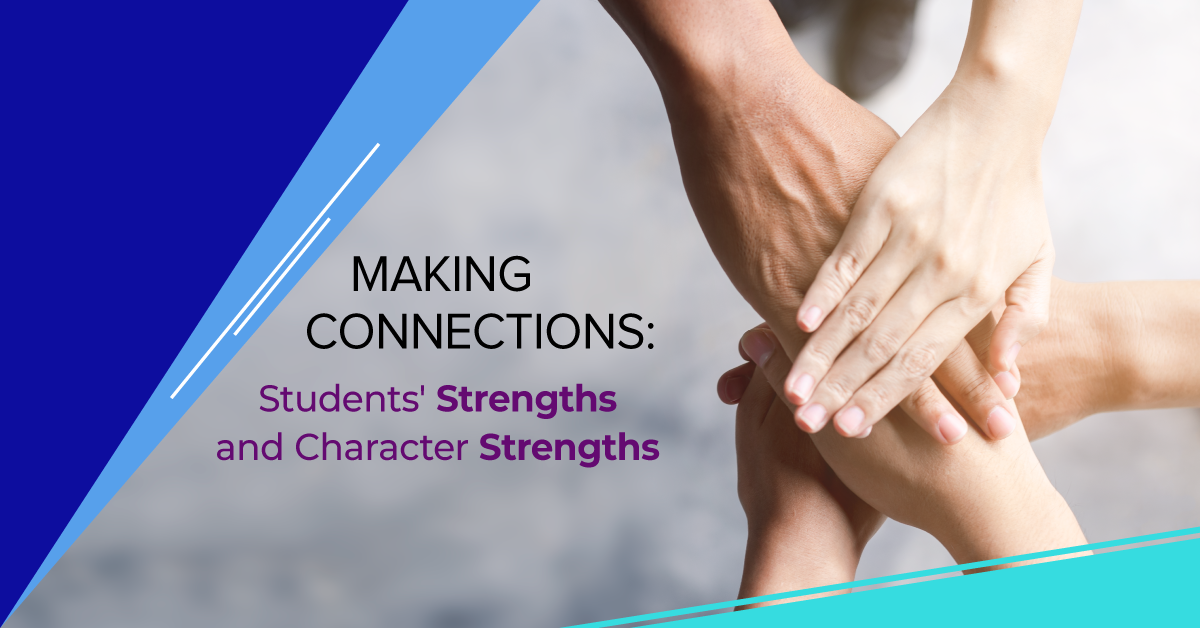Create a Giant Onstage
One of the (many!) wonderful things about theatre is that magic becomes real on the stage. Fantastical stories are brought to life in the most inventive and interesting ways to keep audiences enchanted. Many theatrical shows involve magical creatures such as giants, and they’re all created differently. So today’s challenge for your students is… how would they create a giant onstage?
This exercise combines teamwork, critical thinking, problem solving, technical challenges, writing, and acting. It’s a true artistic challenge!
Instruction
Introduction:
Share examples of stories with giants, such as Jack and the Beanstalk, David’s Father (Robert Munsch), The Selfish Giant (Oscar Wilde), Clifford the Big Red Dog (Norman Bridwell), The Iron Giant (Ted Hughes), and The BFG (Roald Dahl). Show clips of theatrical shows that include giants and gigantic creatures, such as Giants in the Sky, Into the Woods, King Kong, Beetlejuice, and Peter and the Starcatcher. What other books, comics, television shows or films have your students seen that involve giants?
1. Divide students into groups of four to six.
2. Have each group select a short scene from a story where a character encounters a giant, and write an adaptation of that scene for the stage. (Adaptation is the process of translating a literary source, such as a short story or poem, into another genre or medium — in this case, a theatrical scene to be performed on the stage.) Aim for two to three pages.
3. Once they have written their scene, students must cast the show from within their group and figure out the staging. Each student must be involved in the performance in some capacity (whether onstage or in a technical area).
4. Students must determine how they will stage the giant in the scene. Some ideas might include:
- Puppets
- Lighting (shadows, shadow puppets, etc.)
- Props and/or scenery (oversized or miniature)
- Sound effects
- Projections
- Staging choices (for example, pretending the giant is offstage and having actors look up at where the giant is)
- A combination of many of these ideas!
You might need to remind students that television shows and movies often employ CGI (computer-generated imagery) to create giants in those mediums, and that isn’t available for a live performance.
5. Students must rehearse and memorize their lines and staging. They should include some basic costumes and props. Groups will then present their scenes for the rest of the class.
6. After all the groups have performed, each student will complete and submit an individual reflection.



